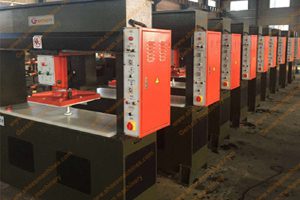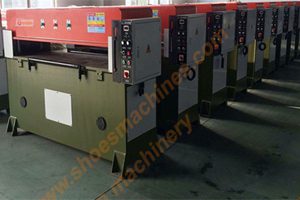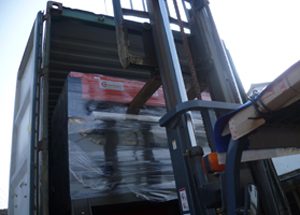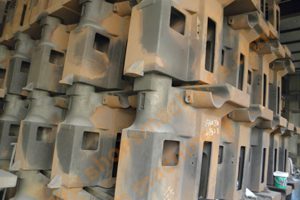When selecting the right press for your workshop or crafting needs, understanding the key differences between an arbor press and a mini manual clicker press is crucial. Let’s break down the key factors to help you make an informed decision.
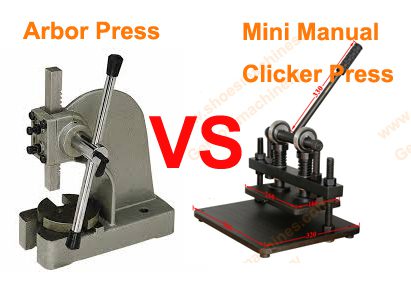
Cutting Force and Capacity
- Arbor Press: Typically offers lower cutting force, often in the range of 1 to 5 tons. Suitable for lighter tasks like bending, shaping, or punching softer materials.
- Mini Manual Clicker Press: Designed for heavier-duty applications, offering significantly higher cutting force, usually between 1 to 20 tons or more. Ideal for cutting through thicker materials like leather, rubber, or multiple layers of fabric.
Precision and Alignment
- Arbor Press: While capable of precise work, it may not offer the same level of precision as a clicker press, especially for intricate cutting.
- Mini Manual Clicker Press: Specifically designed for precise cutting and punching, with features like adjustable height and precise alignment mechanisms.
Cutting Table Size and Versatility
- Arbor Press: Smaller cutting table size, limiting the size of workpieces. Better suited for smaller components or detailed work.
- Mini Manual Clicker Press: Larger cutting table size, allowing for processing larger sheets of material or multiple pieces simultaneously. More versatile for a wider range of applications.
Maintenance and Skill Level
- Arbor Press: Simpler design, requiring less maintenance. Easier to operate, making it suitable for beginners.
- Mini Manual Clicker Press: More complex design, requiring more frequent maintenance, especially for the cutting dies and alignment mechanisms. Requires more technical skill and knowledge of die-cutting techniques.
Cost
- Arbor Press: Generally more affordable due to its simpler design and lower power requirements.
- Mini Manual Clicker Press: Can be more expensive, especially for high-powered models with advanced features.
Ideal Applications
- Arbor Press: Light metalworking tasks like bending, shaping, and forming small parts. Assembly operations requiring precise pressure.
- Mini Manual Clicker Press: Die-cutting applications in industries like leatherworking, garment manufacturing, packaging production, and other crafts involving thick materials.
Arbor Press vs. Mini Manual Clicker Press: A Comparison
| Feature | Arbor Press | Mini Manual Clicker Press |
|---|---|---|
| Cutting Force | Lower (1-5 tons) | Higher (1-20+ tons) |
| Precision | Moderate | High |
| Table Size | Smaller | Larger |
| Maintenance | Lower | Higher |
| Skill Level | Beginner-friendly | Intermediate-advanced |
| Cost | Lower | Higher |
| Ideal Applications | Light metalworking, assembly | Die-cutting, leatherworking, garment manufacturing |
In Conclusion The best choice between an arbor press and a mini manual clicker press depends on your specific needs and budget. Consider factors like cutting force, precision, table size, maintenance, skill level, and cost. If you need a versatile tool for lighter tasks and are a beginner, an arbor press might be a good option. However, if you need a powerful and precise tool for heavy-duty die-cutting and are comfortable with more complex operations, a mini manual clicker press is the way to go.
